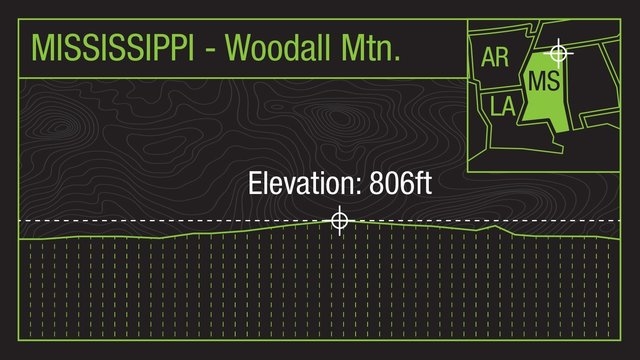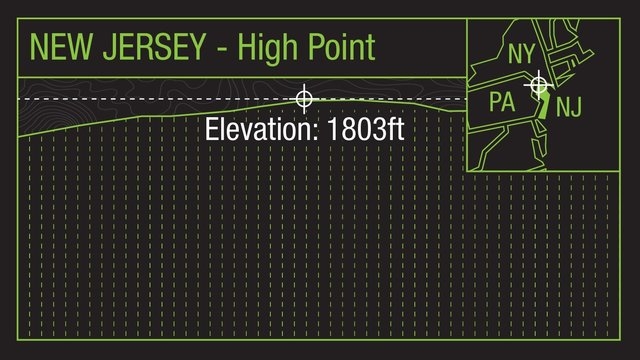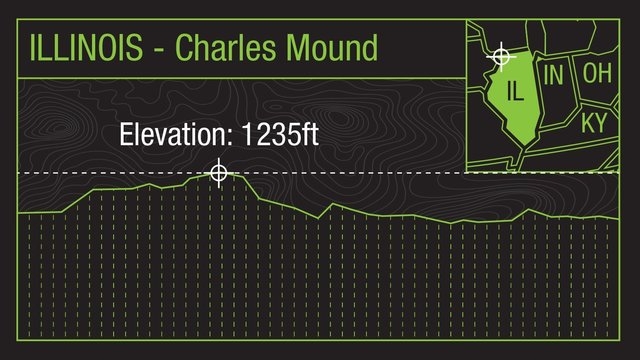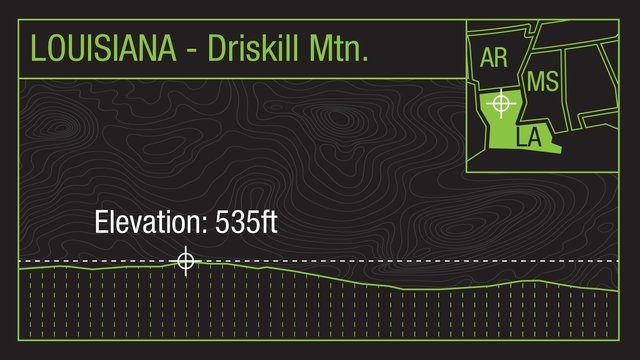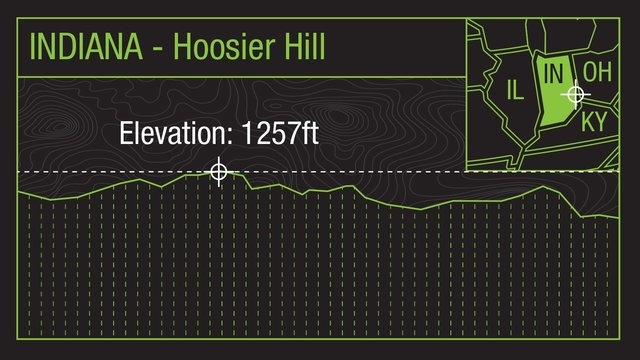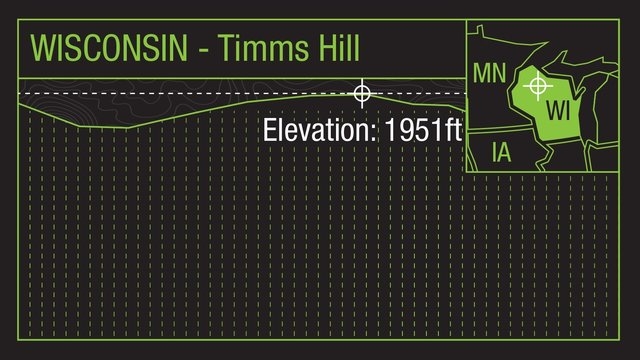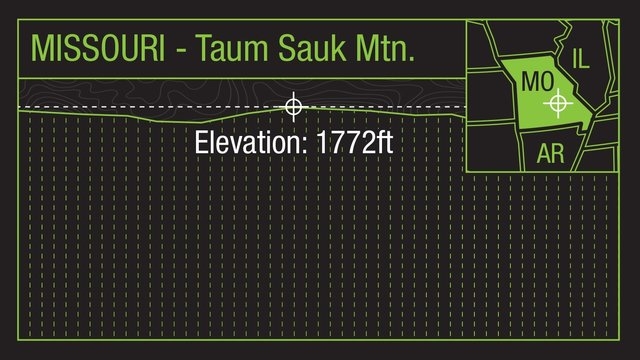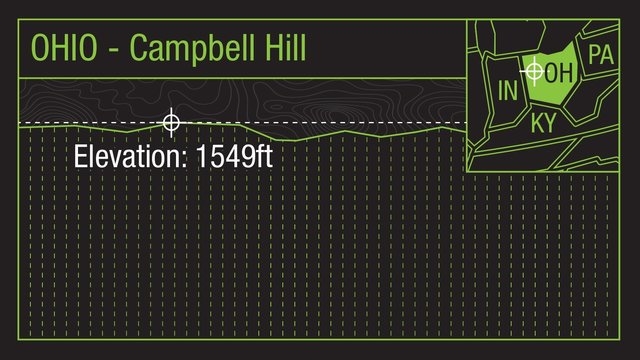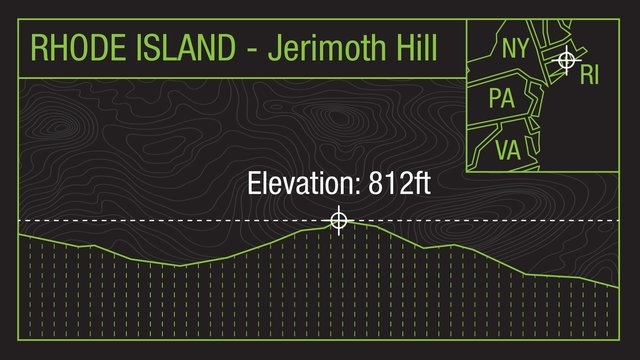Humble peaks hold significance for hikers
From Denali to Mount Rainier to Mount Washington, the U.S. is full of majestic, towering peaks that have long challenged people to climb them.
This story is not about those.
This story is about humbler summits — some of them aren’t even hills — that beckon hikers in largely flat, low-lying parts of the country. They have modest names like Charles Mound and Hoosier Hill, and you can climb some of them in your slippers without breaking a sweat.
Why would you? Well, these summits are all notable for one thing: They’re the highest points in their states.
And a certain variety of mountaineer — peak baggers, they’re called — will seek them out just for that reason.
“If you’re a true peak bagger … if that’s your mindset, then getting a state high point is a worthy goal,” said Greg Slayden, who runs Peakbagger.com, a mountaineering site. “Whether it’s Denali (the Alaska peak known officially as Mount McKinley) or the Florida high point, they all count equally the same.”
Well, maybe not exactly. Denali is 20,320 feet high and requires weeks of planning to summit. Britton Hill, in Florida’s Panhandle, is a short stroll from your car. But if you want to climb all 50 state high points, as Slayden has done, you need to bag the baby peaks along with the big ones.
Consider Driskill Mountain — a misnomer for sure — a wooded bump in northern Louisiana that’s a short scramble from a church parking lot.
Or Iowa’s Hawkeye Point, which sits on the flatlands of a former farm that is barely higher than the surrounding prairie. Mount Hood it ain’t.
“There are a lot of states where the actual high point is less than a 10-minute walk from your car,” Slayden said.
Perhaps the least rugged of them all is 442-foot high Ebright Azimuth, basically just a monument sign beside a road in suburban Wilmington, Delaware. A woman lives in a house across the street and sometimes greets visiting “hikers.”
Slayden, whose website keeps records of this stuff, estimates that fewer than 300 people have summited all 50 U.S. high points.
But while all the highest and most challenging peaks are in Western states, Slayden has a soft spot for many of the little ones in the Midwest and coastal states of the South.
“If you’re into travel and exploring nooks and crannies of the country, it’s always fun to go to places you’ve never been before,” he said. “Sure, there may not be a lot to the actual hike. But the overall experience is definitely worthwhile.”




